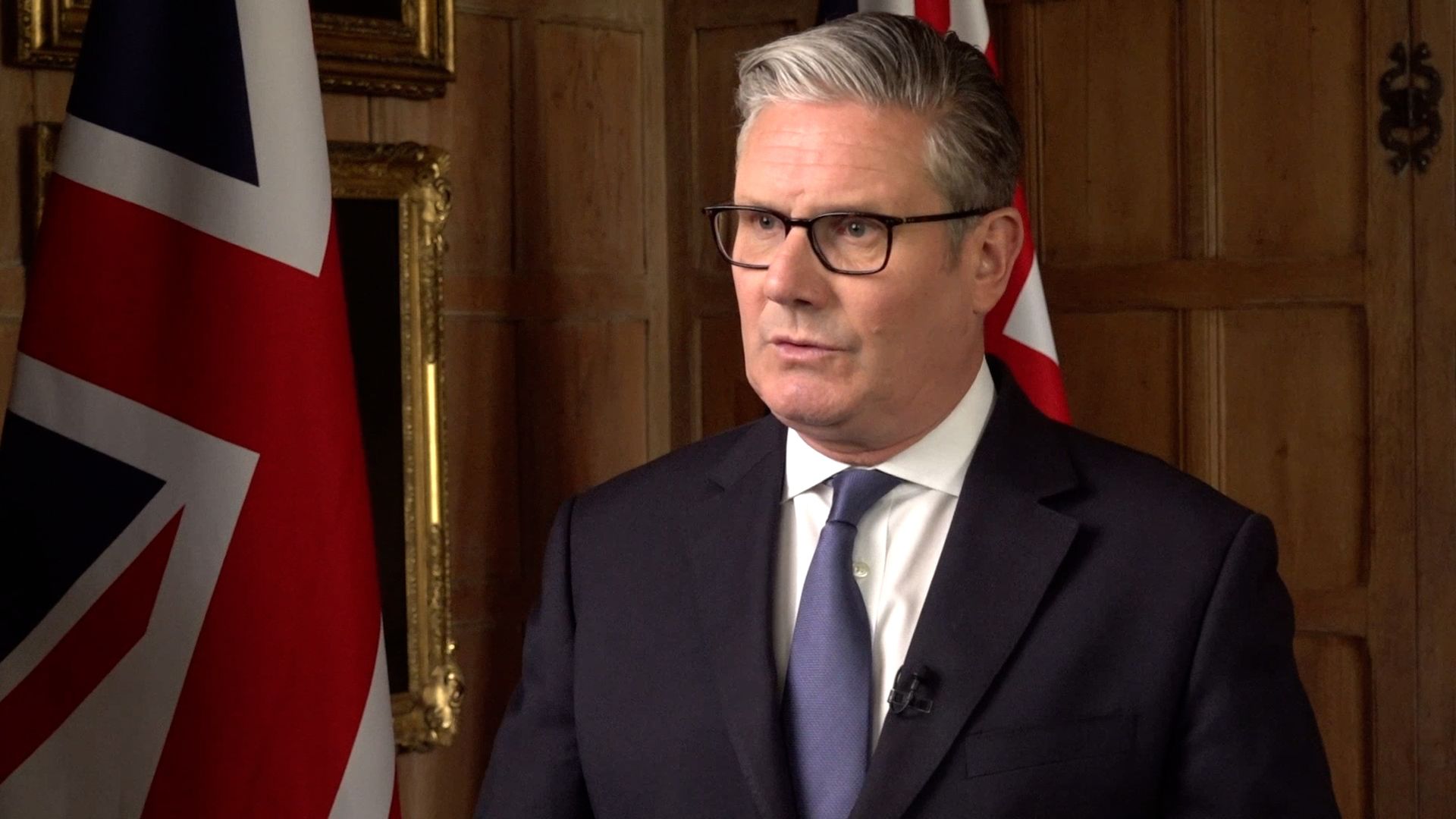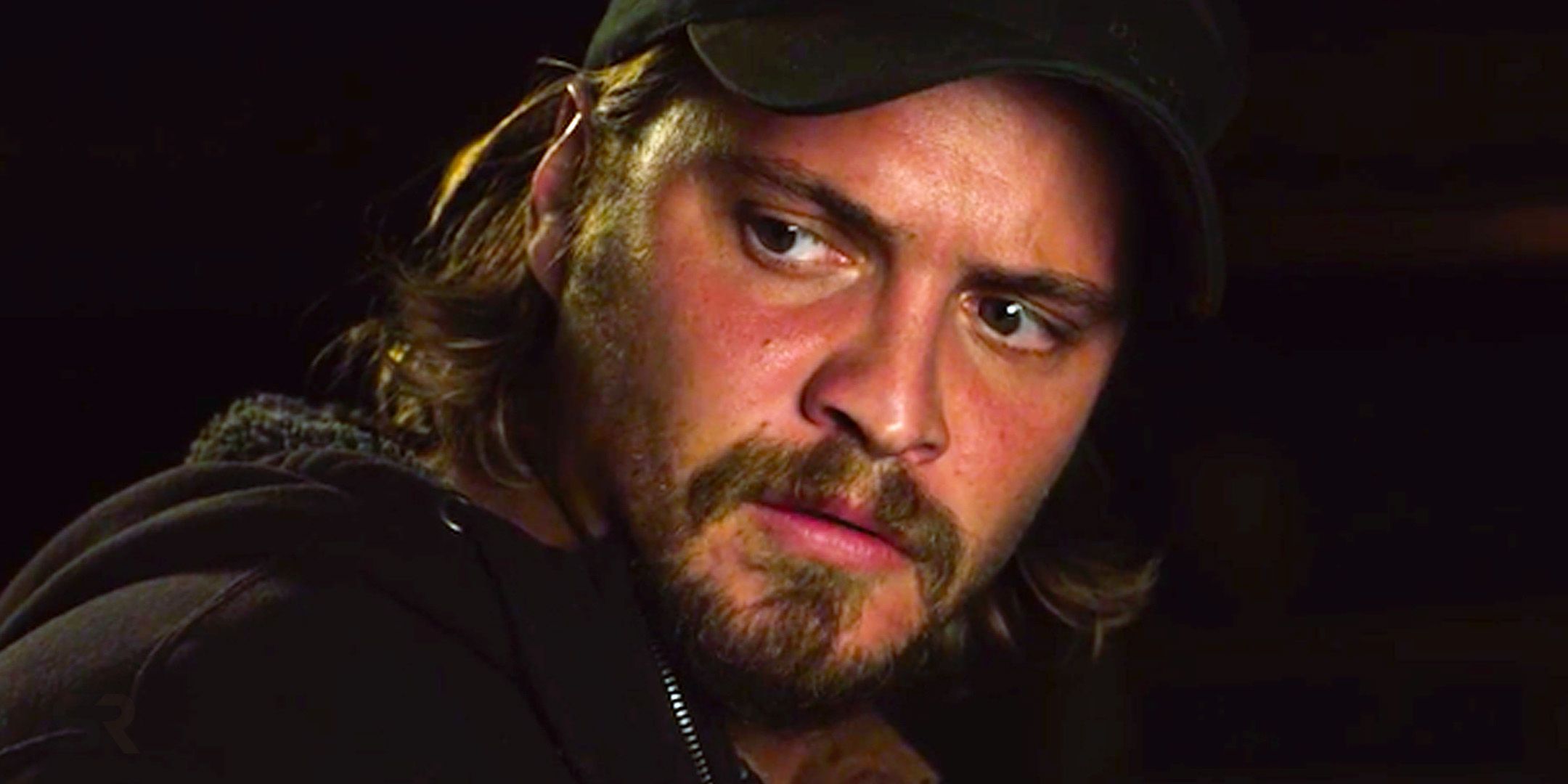
The death of Pope Francis—which came abruptly after what had seemed like a miraculous recovery—inspired expressions of sorrow from across the political and theological spectrum, along with reactions from critics that can be summed up as “RIP, but…”. Francis will be mourned intensely by Catholics who shared what are inexactly described as his “progressive” stances—openness to gay and lesbian Catholics, advocacy for the rights of migrants, concern about climate change, and a willingness to appoint women to important positions (without endorsing female priests). The pope will not be mourned by sneering ultra-traditionalists who referred to him disdainfully as “Bergoglio,” part of his given name, Jorge Mario Bergoglio.
There are many ways to interpret Francis’s 12-year papacy, more than nine of which coexisted awkwardly with Benedict XVI, the “pope emeritus. ” But one takeaway is that he emphasized the teachings of Jesus (mercy, forgiveness, empathy for the poor) rather than the teachings about Jesus.
The pope never questioned doctrines about Jesus’s divinity or the cosmic drama that Catholics believe he enacted by dying on the cross and rising to a new life. In some ways, Pope Francis’s piety was quite traditional. In this year’s Easter message, he described the central teaching of the church in a way that no traditionalist could question: “The resurrection of Jesus is indeed the basis of our hope. For in the light of this event, hope is no longer an illusion. Thanks to Christ—crucified and risen from the dead—hope does not disappoint! . . . That hope is not an evasion, but a challenge; it does not delude, but empowers us.”
Yet Francis was undoubtedly a polarizing figure. His disdain for the trappings of the priesthood—such as elaborate vestments trimmed with “Grandma’s lace”—and his broadsides against “clericalism” marked him as a disrupter and engendered an ugly animus among some “rad trads”—radical traditionalists. So did actions that, in conservative eyes, diluted essential teachings. One was a 2016 apostolic exhortation, “Amoris Laetitia” (“The Joy of Love”), that conservatives feared opened the way for divorced and remarried Catholics to receive Holy Communion. Another was “Fiducia Supplicans” (“On the Pastoral Meaning of Blessings”), a 2023 declaration from the Vatican’s doctrinal office authorizing priests to bless same-sex couples in some circumstances.
One of many paradoxes of Francis’s papacy was that a pope who preached the decentralization of power in the church—through an emphasis on “synodality”—was not shy about using the powers of his office to enact top-down change. Notable in that regard is his action against the traditional Latin Mass as it was celebrated before the reforms that followed the Second Vatican Council of the 1960s. In Traditionis Custodes (“Guardians of the Tradition”), a 2021 apostolic letter, Francis restricted the use of the “Mass of the Ages” to the consternation of liturgical traditionalists within the church and some outside it.
Francis’s activism—or intrusiveness, depending on your point of view, illuminates a question that will surely be on the minds of the cardinals who will elect his successor: How large should the papacy loom?
For some time, bishops and theologians have considered how the papacy might be reimagined or even downsized. In one version, the pope would assume a more collegial role relative to his fellow bishops and perhaps focus more on being the bishop of Rome than legislating in detail for the wider church. In 1999, John R. Quinn, the retired archbishop of San Francisco and a leading liberal voice, published The Reform of the Papacy: The Costly Call to Christian Unity.
The reference to Christian unity was a nod to an intriguing suggestion by Pope John Paul II in a 1995 encyclical titled “Ut Unum Sint” (“That They May Be One”) that papal primacy could be exercised in a way that was “open to a new situation” such as would be created by reconciliation between the Roman Catholic and Eastern Orthodox churches. John Paul noted that for a whole millennium, Christians were united in “a brotherly fraternal communion of faith and sacramental life … If disagreements in belief and discipline arose among them, the Roman See acted by common consent as moderator.” That vision is far from a papacy that micromanages church affairs worldwide.
Quinn said a humbler papacy would also involve a greater role in decision-making for local bishops and the laity. “The church is not just the bishops or the priests,” Quinn said, “it’s the whole body of the church, and there has to be a much greater place for the role of lay people.” That sounds like Francis’s conception of a “synodal” church in which bishops, laypeople, priests, and consecrated men and women work together to serve God’s mercy.
One problem with downsizing the papacy is that conservatives and liberals in the church support an assertive and conspicuous papal office when exercised by a pope whose priorities they share, not so much when a pope wields it with a different agenda. It’s not unlike the shifting attitudes of Republicans and Democrats toward a powerful U.S. presidency, depending on who is in the Oval Office. Another complication is that we live in an era of instantaneous communication in which the pope, any pope, is an international celebrity with a social media presence.
Francis’s successor will be selected by members of the College of Cardinals under 80, a group in which Francis chose a supermajority. In choosing cardinals, Francis often picked prelates on the geographical periphery of the church while passing over some prelates—including the archbishops of Los Angeles and Philadelphia—who, by tradition, would expect to receive a red hat.
There is no guarantee that the next pope will be a clone of Francis; some of the “peripheral” cardinals he chose may not share his views about outreach to gays and lesbians or the empowerment of women. African churchmen reacted negatively to the provision allowing the blessing of same-sex couples. What does seem clear is that the next pope, even if he lacks Francis’s charisma and dynamism, will preach from the ultimate bully pulpit.
The post The Imperial Papacy appeared first on Washington Monthly.


 2 months ago
27
2 months ago
27 



.jpg.webp?itok=1zl_MpKg)





 Bengali (Bangladesh) ·
Bengali (Bangladesh) ·  English (United States) ·
English (United States) ·